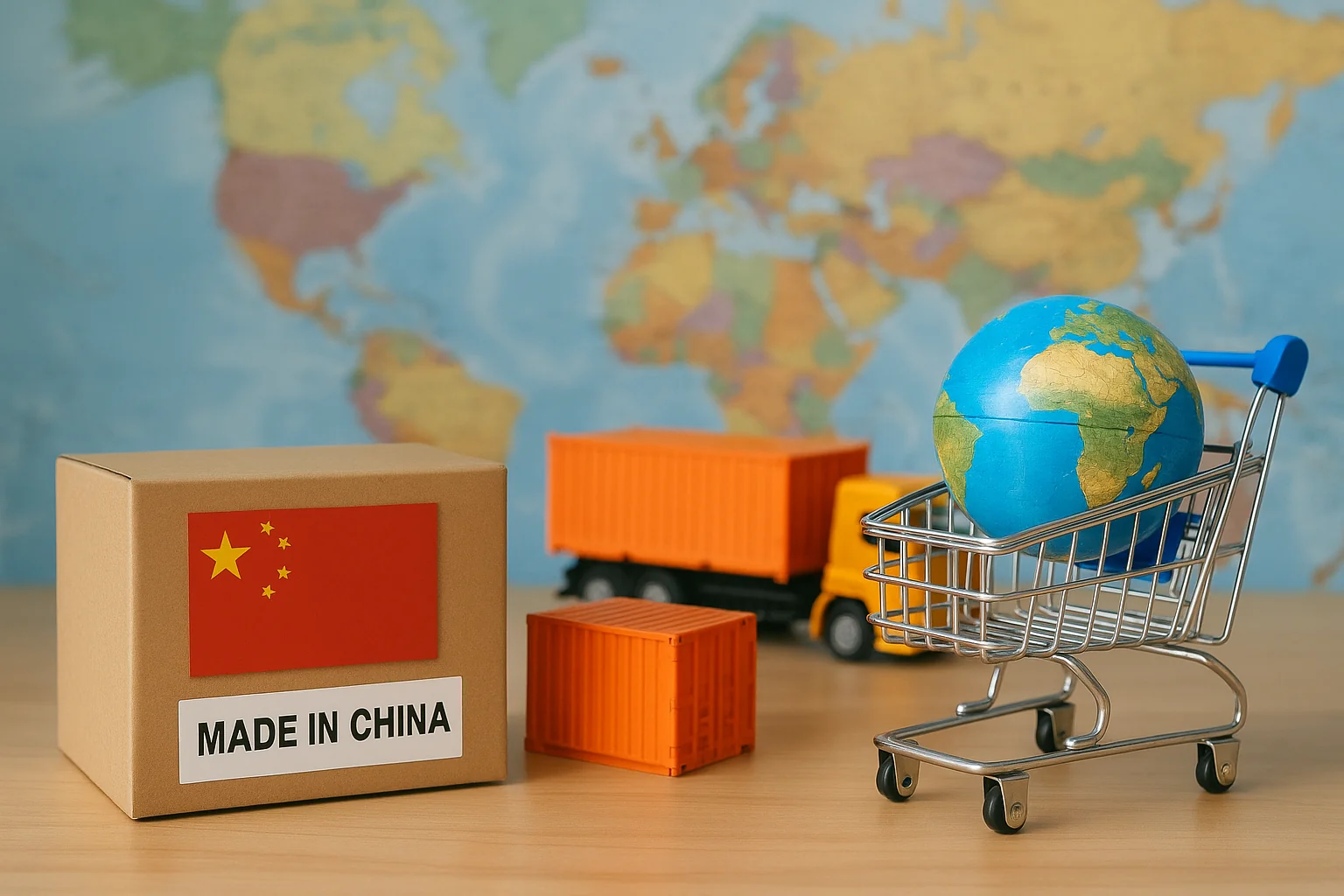China’s export tax rebate (出口退税) system has long been a point of discussion — and sometimes contention — among Western policymakers, economists, and businesses. To understand why, we need to look at its origins, how it has evolved, and the role it plays in today’s global trade environment.
Origins: A Tool for Global Competition
When China opened its economy in the late 1970s and early 1980s, it faced a major obstacle: high domestic taxes on goods made its exports less competitive internationally. Unlike developed nations, where indirect taxes (like VAT) are often refunded upon export, Chinese goods were burdened with these costs.
To address this, China introduced the export tax rebate system in the mid-1980s. The idea was simple: refund the value-added tax (VAT) and certain other taxes paid during domestic production when goods are exported. This mechanism effectively leveled the playing field, allowing Chinese exporters to compete more fairly on the world stage.
From a Western viewpoint, this move was seen as China adopting standard international practices—but also as an aggressive strategy to boost its manufacturing base and expand its global trade footprint.

Evolution: From Boost to Weapon?
Throughout the 1990s and early 2000s, China’s export rebate system became more sophisticated. The government frequently adjusted rebate rates by industry:
- High rebates for sectors it wanted to promote (like electronics, textiles, and later green technologies)
- Reduced or canceled rebates for industries considered polluting or energy-intensive
During the 2008 global financial crisis, Beijing significantly increased export rebates to cushion Chinese manufacturers from collapsing global demand — a move that drew criticism in the U.S. and Europe, where companies accused China of subsidizing exports and distorting free trade.
Today, as China transitions towards a more consumption-driven economy, export rebates are still a critical policy lever — but they are used more selectively and strategically.
Impact on Global Trade: Western Frustrations and Adjustments
From a Western perspective, China’s export rebate system has had several major impacts:
- Price Pressure: By effectively lowering production costs, Chinese exporters could offer cheaper goods, exerting downward pressure on global prices.
- Trade Imbalances: The rebate system contributed (along with other factors) to China’s large trade surpluses with the U.S. and Europe, fueling trade tensions.
- Policy Responses: The U.S. and EU have launched numerous anti-dumping investigations and imposed tariffs on Chinese goods they claimed were unfairly subsidized.
- Supply Chain Shifts: Many Western companies moved their manufacturing to China to take advantage of lower costs — including benefits from export rebates — which helped integrate global supply chains but also made economies heavily dependent on Chinese manufacturing.
In the current environment of higher tariffs and growing protectionism, China’s rebate system remains under scrutiny. For instance, recent U.S. tariff hikes have prompted China to tweak rebates again, particularly for green energy sectors, trying to stay competitive while avoiding accusations of unfair trade practices.
Conclusion: A Balancing Act
From the Western lens, China’s export rebate system has been both a pragmatic economic tool and a geopolitical headache. It highlights the broader tensions between free trade ideals and strategic national interests.
As the global trade environment becomes increasingly volatile, China’s handling of its export rebates — whether dialing them up or down — will continue to be a key indicator of its broader economic strategy, and a critical factor shaping the future of U.S.-China and EU-China trade relations.
